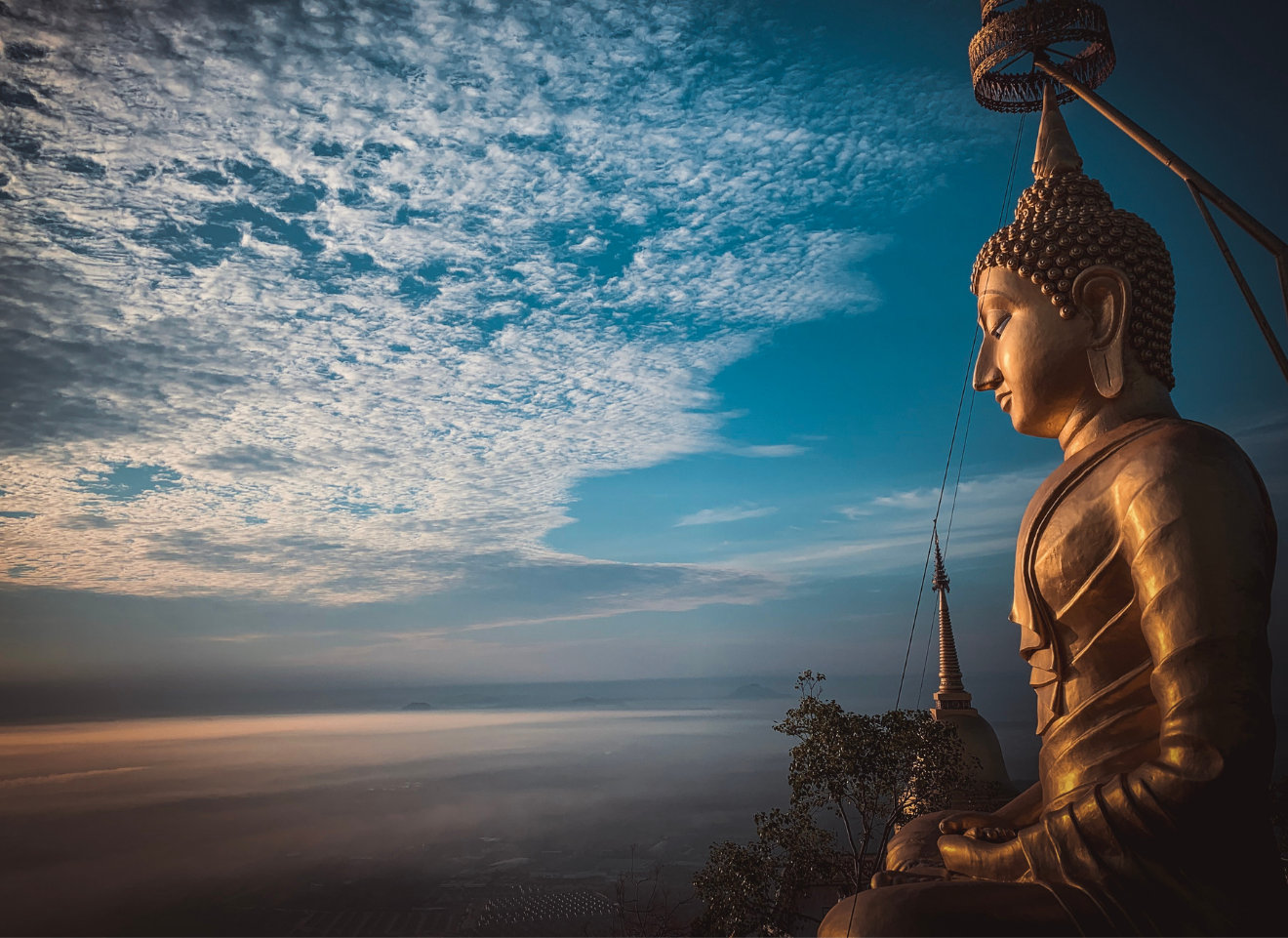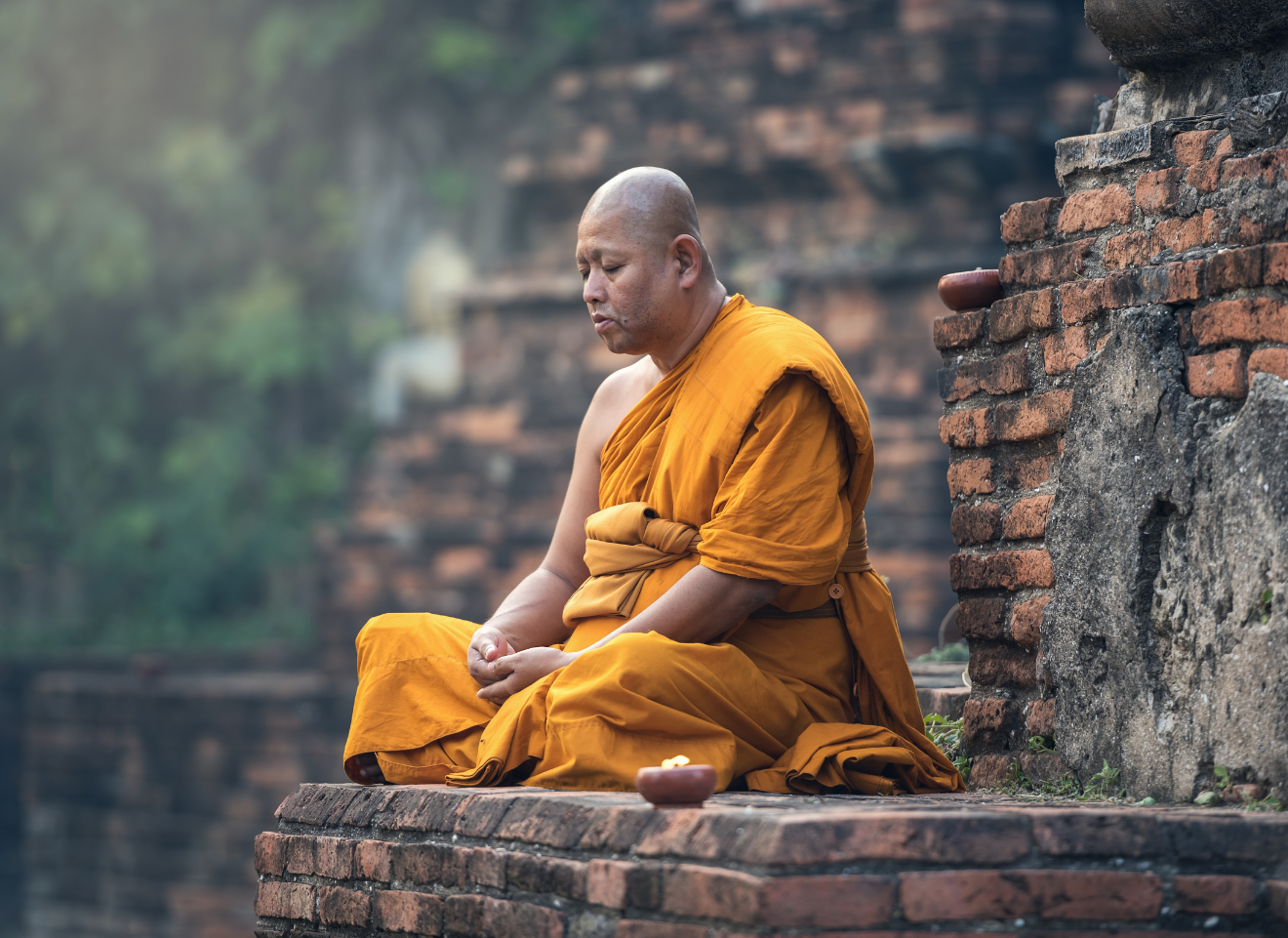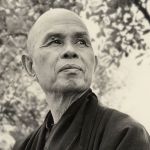



buddhist meditation
Buddha achieved liberation through the practice of meditation and this is an essential part of the path to complete bondage of the mind and the conquest of wisdom that leads to Nirvana.
The core of the Buddha’s teachings are the Four Noble Truths, which must not only be known intellectually, but penetratively and experientially.
-
The noble Truth of Suffering: there is suffering, it is undeniable, and this suffering is universal.
-
The Noble Truth of the Cause of Suffering: suffering has a cause and this is undoubtedly the desire that finally translates into passion, attachment or clinging.
-
The Noble Truth of the Cessation of Suffering: suffering can cease when the mind is freed from its bonds and the cause is ended: attachment.
-
The Noble Truth of the Eightfold Path: There is a path or way to end suffering, 8 points of the path.
Through meditation, attention is methodically cultivated, perception is purified, and cognition is made much more reliable. In Buddhist culture meditations are distinguished between samatha meditation (bhavana samatha) and vipassana meditation (bhavama vipassana).
Samatha or deep calm meditation is based on sustained concentration, using a support to focus attention. Thus every time the mind wanders, concentration must be forced again.



Vipassana meditation involves a vision that penetrates and sees phenomena as they are, and, therefore, is as revealing as it is transformative. Thanks to this meditation we can perceive the three basic characteristics of existence, according to Buddhist teachings: impermanence, dissatisfaction and absence of identification.
Vipassana is a supraconscious or supramundane vision, which has nothing to do with ordinary vision so loaded with conditions, prejudices or distortions of vision. According to a large number of Buddhist monks, samathabhavana helps to control and regulate tendencies, but vipassana-bhavana breaks them down and eliminates them.
The practice of vipassana meditation awakens a special vision (intuitive or supraconscious vision) to learn what lies behind appearances. To carry out this development, Buddha proposed the psychophysical processes themselves, that is, an equal, areactive and attentive observation of attachment aggregates
There are four basic areas that serve as an object of observation in vipassana meditation:
Vipassana meditation involves a vision that penetrates and sees phenomena as they are, and, therefore, is as revealing as it is transformative. Thanks to this meditation we can perceive the three basic characteristics of existence, according to Buddhist teachings: impermanence, dissatisfaction and absence of identification.
Vipassana is a supraconscious or supramundane vision, which has nothing to do with ordinary vision so loaded with conditions, prejudices or distortions of vision. According to a large number of Buddhist monks, samathabhavana helps to control and regulate tendencies, but vipassana-bhavana breaks them down and eliminates them.
The practice of vipassana meditation awakens a special vision (intuitive or supraconscious vision) to learn what lies behind appearances. To carry out this development, Buddha proposed the psychophysical processes themselves, that is, an equal, areactive and attentive observation of attachment aggregates
There are four basic areas that serve as an object of observation in vipassana meditation:
The body
The sensations
The mind
The mental objects
Vipassana is a simple technique that allows us to tap into the ever-changing nature of life. It allows us to do it with detachment and without complications. We learn to accept all sensations, gross or subtle, pleasant, without judging, condemning, or praising, realizing that they are all temporary. […] This technique should not be used as a protective wall or an isolation barrier that imprisons us. Similarly, technique should not be used as an escape route either. Balance is very important and this technique used correctly allows you to get involved without attachment and confront without conflict. With the right balance we become silently aware of the free flow of energy, which we have come to know as impermanent.
-John Coleman
vipassana meditation exercises
Attention to posture, you have to withdraw your mind from everything and fix your attention on the body position, trying to perceive the body and its posture, with internal attention and free from reflections or analysis. .It must be carried out in daily life, trying to maintain a balanced perception and free of ideas. Whether you experience pleasure or pain, you have to apply equanimity.
Attention to mental processes. Make you a witness of your thoughts. It must intervene neither to create thoughts nor to suppress them; but to be attentive and equanimous observer of mental and emotional activities. Observe very attentively without getting carried away by what is observed and without reacting with pleasure or displeasure. If emotional states arise, let us also observe.







